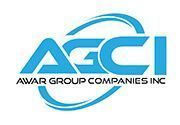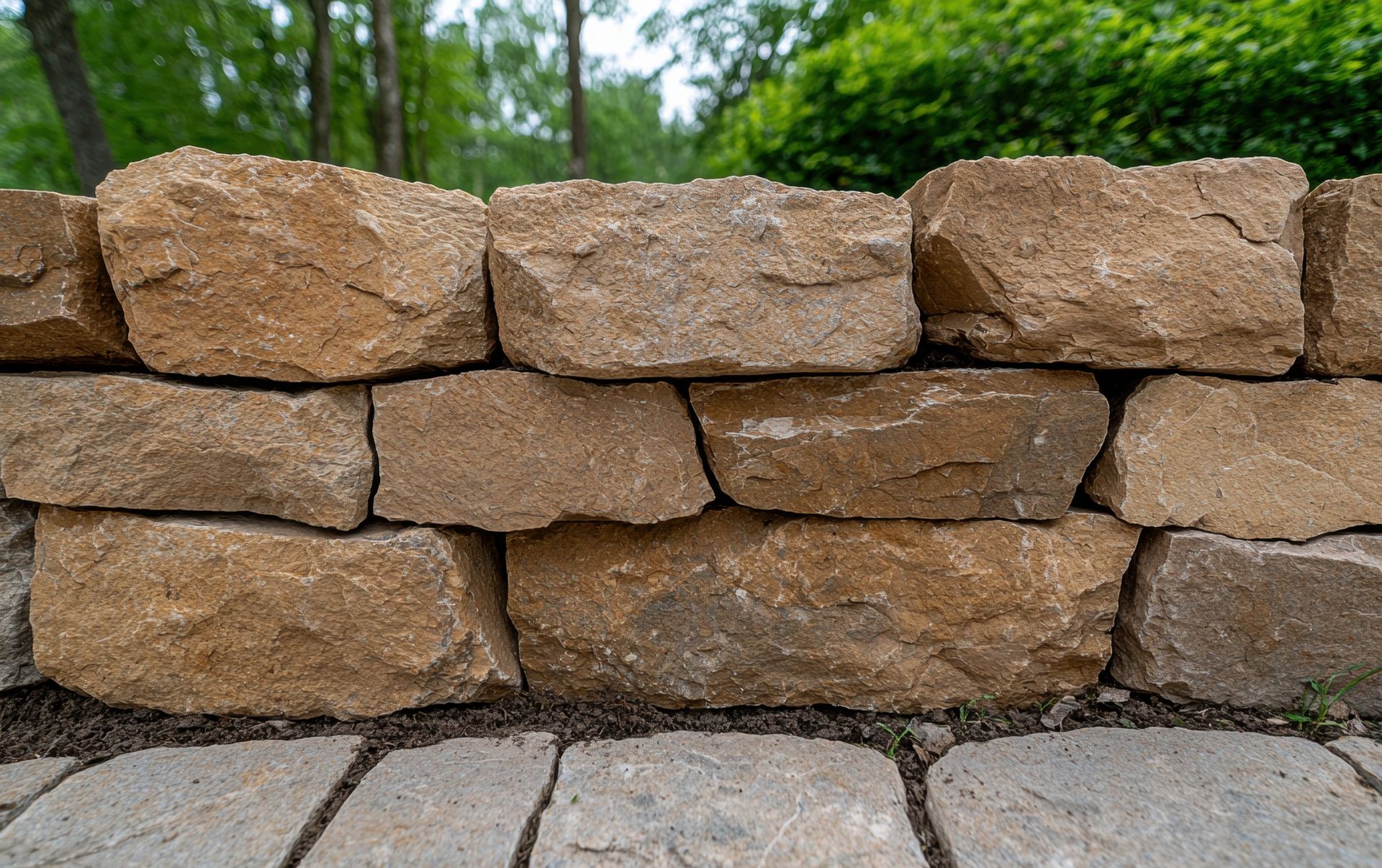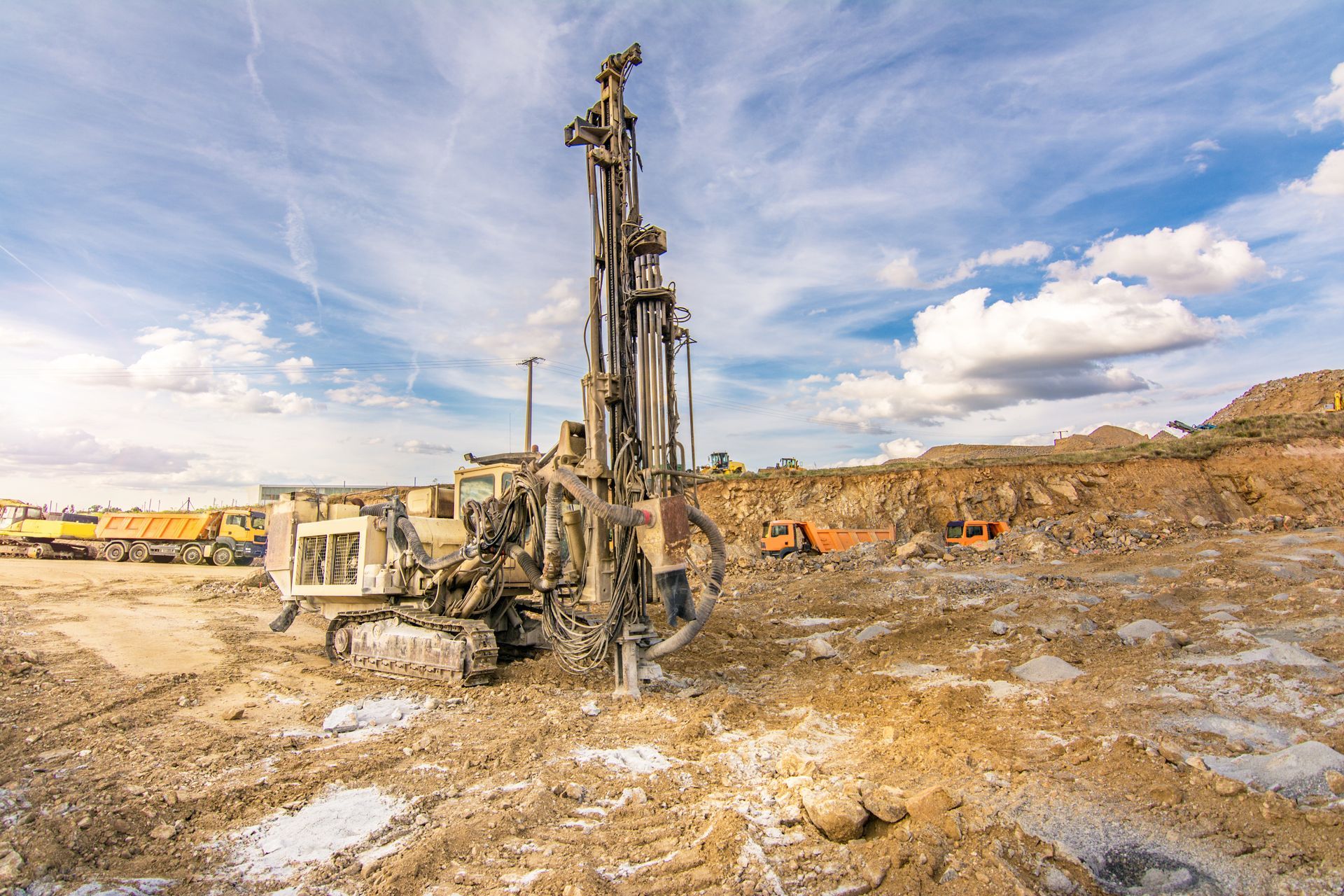Retaining Wall Solutions: Key Considerations for Stability and Aesthetic Appeal
Retaining walls are more than just functional structures that prevent soil erosion and manage land slopes. They can also enhance the aesthetic appeal of landscapes, increasing property value and visual harmony. Whether you're looking to install a retaining wall for commercial, residential, or municipal projects, understanding key design considerations is essential. In this guide, we’ll explore the fundamental factors in retaining wall construction, from stability to visual integration.
1. Understanding the Purpose of Retaining Walls
Before beginning any retaining wall construction, it’s critical to determine its primary purpose. Retaining walls serve various functions, such as:
- Preventing soil erosion on sloped landscapes
- Supporting elevated garden beds and terraces
- Enhancing outdoor spaces with defined boundaries
- Managing water runoff and drainage
- Creating usable spaces on hilly terrain
- Protecting structures from soil movement
Identifying the specific needs of your project will help you select the best retaining wall solutions. A well-built wall should not only provide structural integrity but also blend seamlessly into the surrounding environment.
2. Essential Stability Considerations
The longevity of a retaining wall depends on its structural stability. Poorly designed landscape retaining walls can collapse under pressure, leading to costly repairs and safety hazards. To ensure durability, consider the following factors:
Soil Analysis and Drainage
Understanding the soil composition is vital before construction begins. Clay-heavy soils retain water, increasing pressure behind the wall, while sandy soils may require reinforcement. Proper drainage solutions, such as weep holes and perforated pipes, help prevent water buildup and reduce hydrostatic pressure.
Material Selection
The choice of materials significantly affects the stability of retaining walls. Common materials include:
- Concrete blocks – Strong and durable, ideal for both residential and commercial applications.
- Natural stone – Provides a rustic aesthetic but may require additional reinforcement.
- Timber – Affordable and easy to install but susceptible to weathering over time.
- Poured concrete – Offers exceptional strength and design flexibility.
- Brick – Adds a classic look with moderate durability.
- Gabion baskets – Wire cages filled with rocks, providing strength and drainage benefits.
Wall Height and Reinforcement
Taller retaining walls need additional reinforcement to counteract soil pressure. Techniques such as geogrid reinforcement, tiebacks, or cantilevered designs can increase wall stability and longevity. Consulting with professionals ensures your retaining wall is built to withstand natural forces while maintaining its form over time.
3. Aesthetic Appeal and Design Considerations
While functionality is essential, the visual aspect of landscape retaining walls should not be overlooked. The right design can transform an ordinary outdoor space into an elegant, cohesive landscape.
Color and Texture
Using materials that complement existing architectural elements enhances the overall appearance. For instance, natural stone creates a timeless, organic look, while sleek concrete blocks add a modern touch. A mixture of textures can add depth and character to your retaining wall.
Curved vs. Straight Walls
A curved retaining wall adds a softer, more natural look compared to rigid straight walls. Depending on the space and desired effect, curves can create a sense of movement and fluidity in landscape design. Straight walls offer a clean, structured appearance, making them ideal for modern and contemporary landscapes.
Lighting and Greenery
Incorporating outdoor lighting along retaining walls improves safety and aesthetics. Additionally, planting greenery along the wall edges can soften its appearance and integrate it into the natural environment. Plants such as creeping vines, shrubs, or flowers add visual appeal and contribute to soil stability by reducing erosion.
Multi-Tiered Walls
For properties with significant elevation changes, a multi-tiered retaining wall system can be an effective solution. This design not only adds dimension to your landscape but also distributes soil pressure more evenly, reducing the risk of structural failure.
4. Cost and Maintenance Factors
The cost of retaining wall construction depends on several elements, including materials, labor, and design complexity. While initial investment is important, long-term maintenance should also be considered.
Material Longevity and Upkeep
Certain materials, such as natural stone and concrete, require minimal maintenance, while wood may need periodic sealing and treatment. Choosing materials that align with your budget and maintenance preferences ensures a cost-effective solution. Regularly checking for cracks, drainage issues, or shifting can extend the lifespan of your retaining wall.
Repair and Structural Assessments
Over time, landscape retaining walls may develop cracks or signs of shifting. Regular inspections help identify early issues, preventing costly repairs and ensuring continued stability. Addressing minor repairs early can prevent structural failures that require complete rebuilding.
Sustainability Considerations
Eco-friendly retaining wall solutions, such as permeable walls that allow water flow, can improve sustainability. Recycled materials or locally sourced stone reduce environmental impact while maintaining durability.
5. Hiring Professional Retaining Wall Contractors
While DIY projects may seem tempting, professional retaining wall construction ensures structural integrity and adherence to safety regulations. Here’s why hiring experts like Awar Group Companies, Inc. is the best choice:
Engineering Expertise
Our team understands geotechnical factors, soil mechanics, and drainage solutions, ensuring long-lasting retaining walls tailored to your needs.
Custom Design and Precision
We offer customized retaining wall solutions, balancing functionality and aesthetic appeal for both residential and commercial projects.
Compliance and Safety
Our retaining wall construction adheres to local codes and industry best practices, providing you with a safe and reliable structure.
Time and Cost Efficiency
With expert knowledge and high-quality materials, we streamline the process, saving you time and reducing long-term maintenance costs.
Enhance Your Property in Washington, DC with Awar Group Companies, Inc.
If you’re looking for reliable
retaining wall solutions in Washington, DC, look no further than
Awar Group Companies, Inc. Our expertise in geotechnical engineering ensures durable, visually appealing retaining walls tailored to your needs. We also do
helical piles,
slope stabilization,
drainage improvements, and more. Contact us today at
(757) 287-1737 for a consultation!
FAQ
What is the best material for a retaining wall?
The best material depends on your specific needs. Concrete blocks and poured concrete offer high durability, while natural stone provides an elegant look. Timber is an affordable option but may require more maintenance.
How do I prevent my retaining wall from failing?
Proper drainage, reinforcement techniques, and choosing the right materials are crucial for stability. Hiring a professional ensures the wall is designed to withstand soil pressure and environmental conditions.
Do retaining walls need drainage systems?
Yes. Without adequate drainage, water buildup can create excessive pressure, leading to wall failure. Solutions like weep holes and gravel backfill help manage water flow.
How long does a retaining wall last?
A well-built retaining wall can last anywhere from 20 to 50 years, depending on materials, environmental conditions, and maintenance efforts.
Can I build a retaining wall myself?
Small retaining walls under three feet can be DIY-friendly, but larger or load-bearing walls require engineering expertise to ensure safety and longevity.
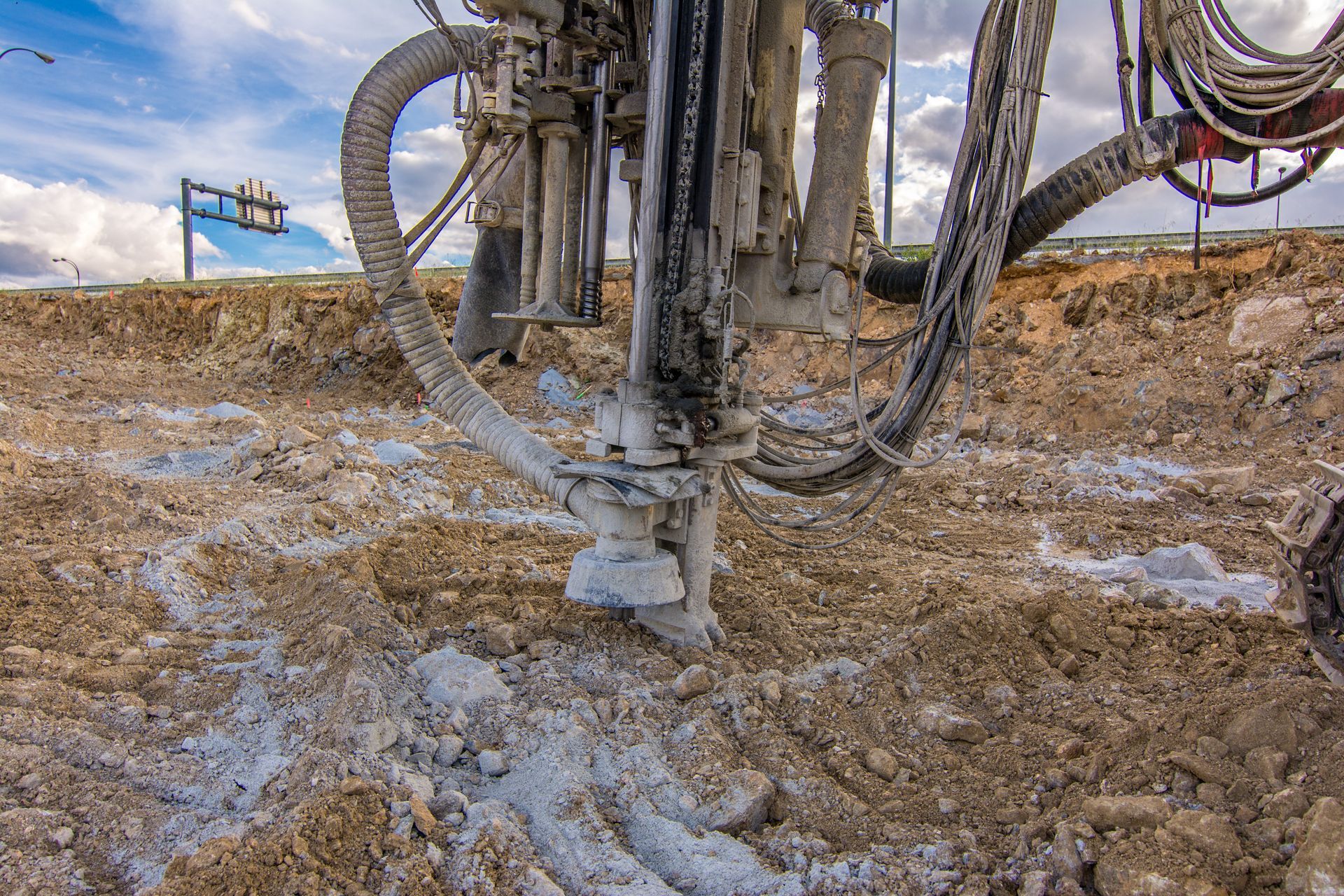

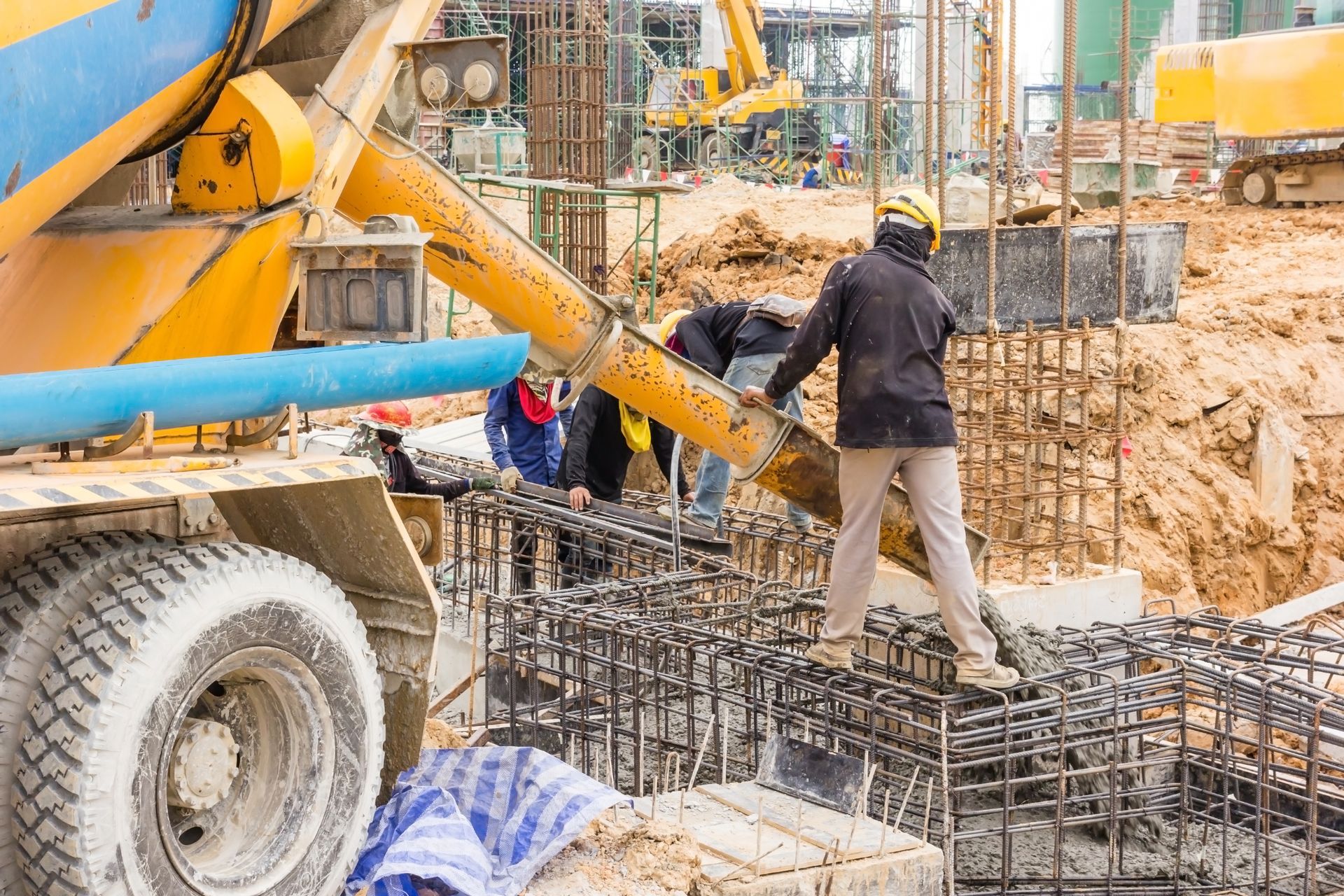
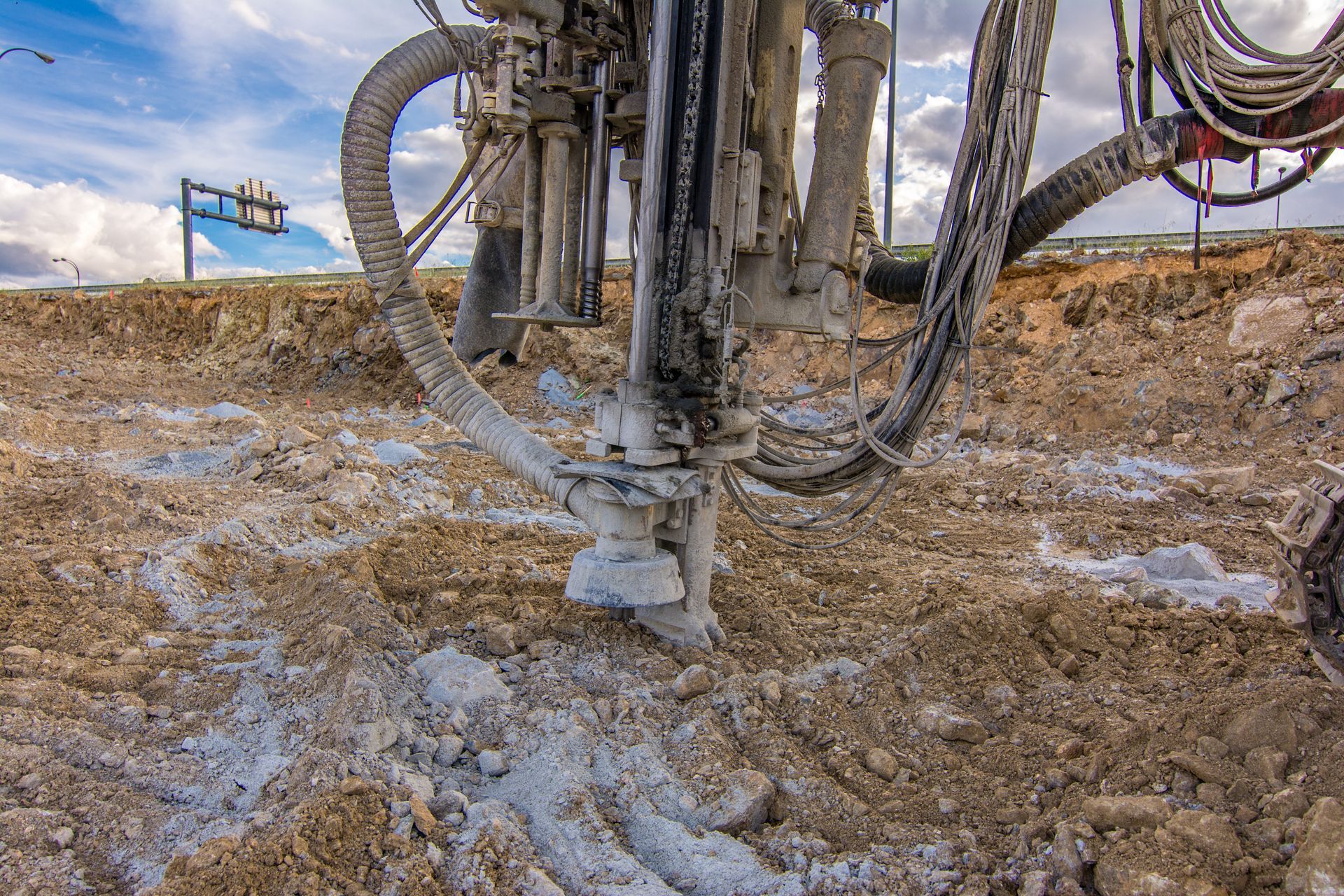

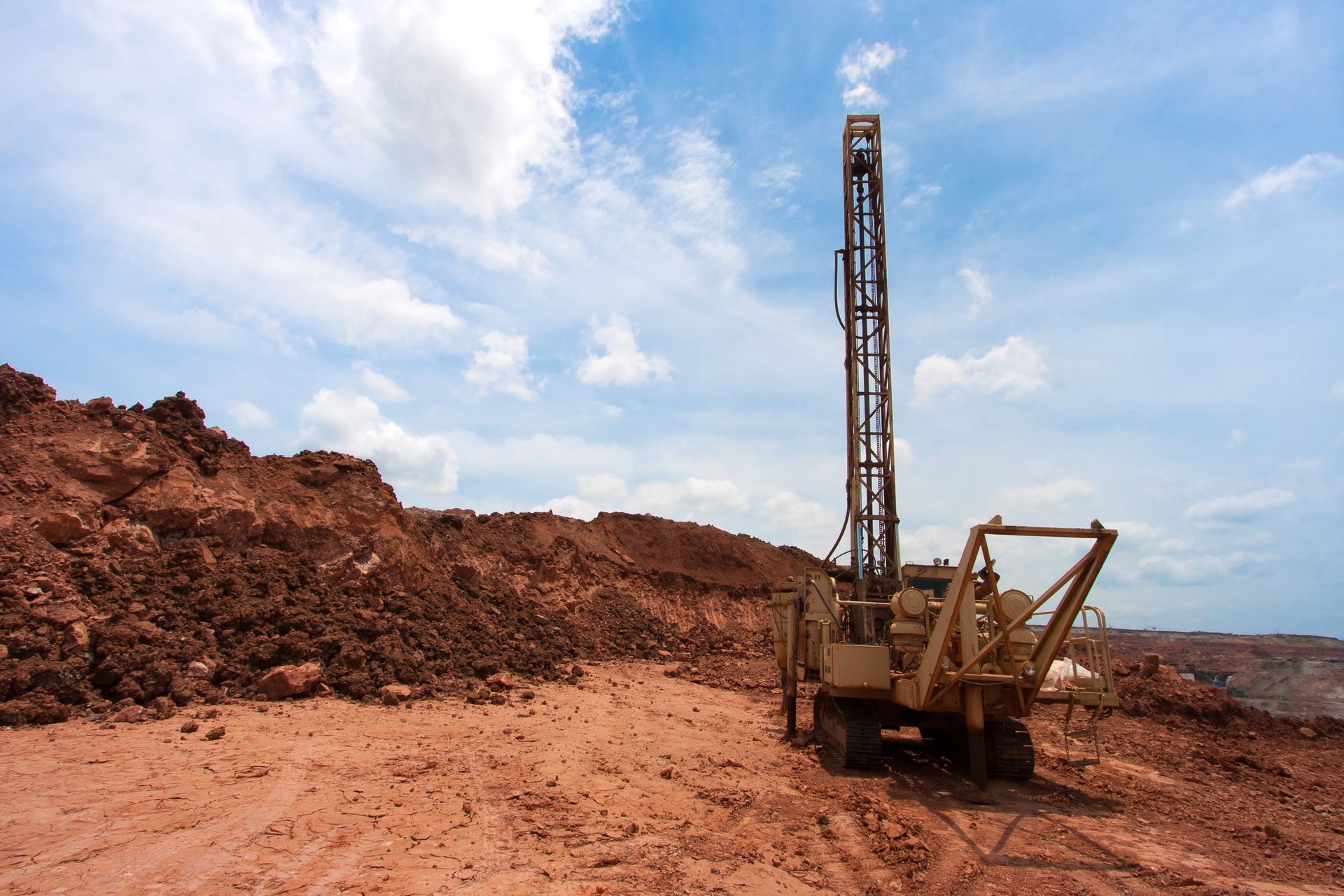
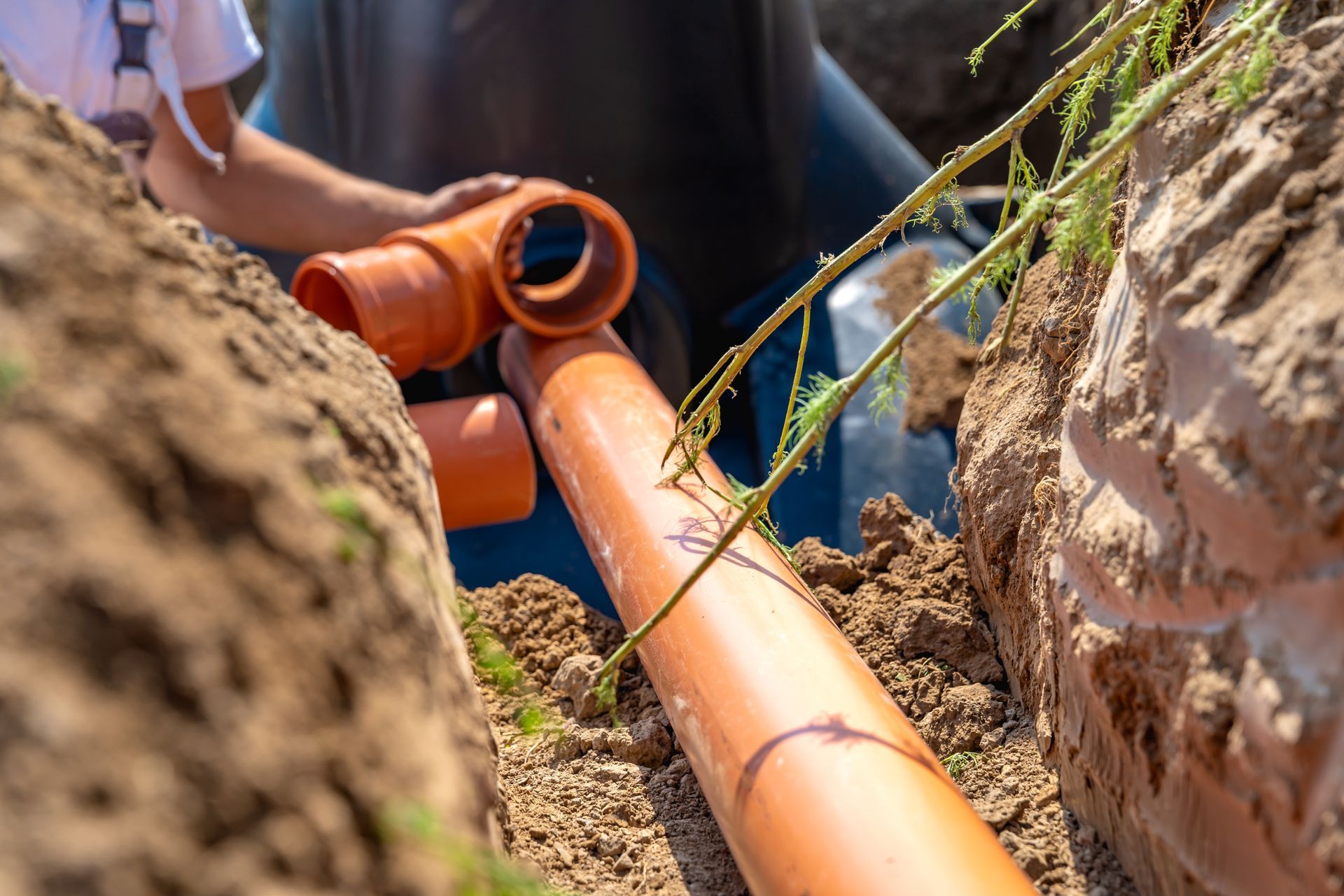
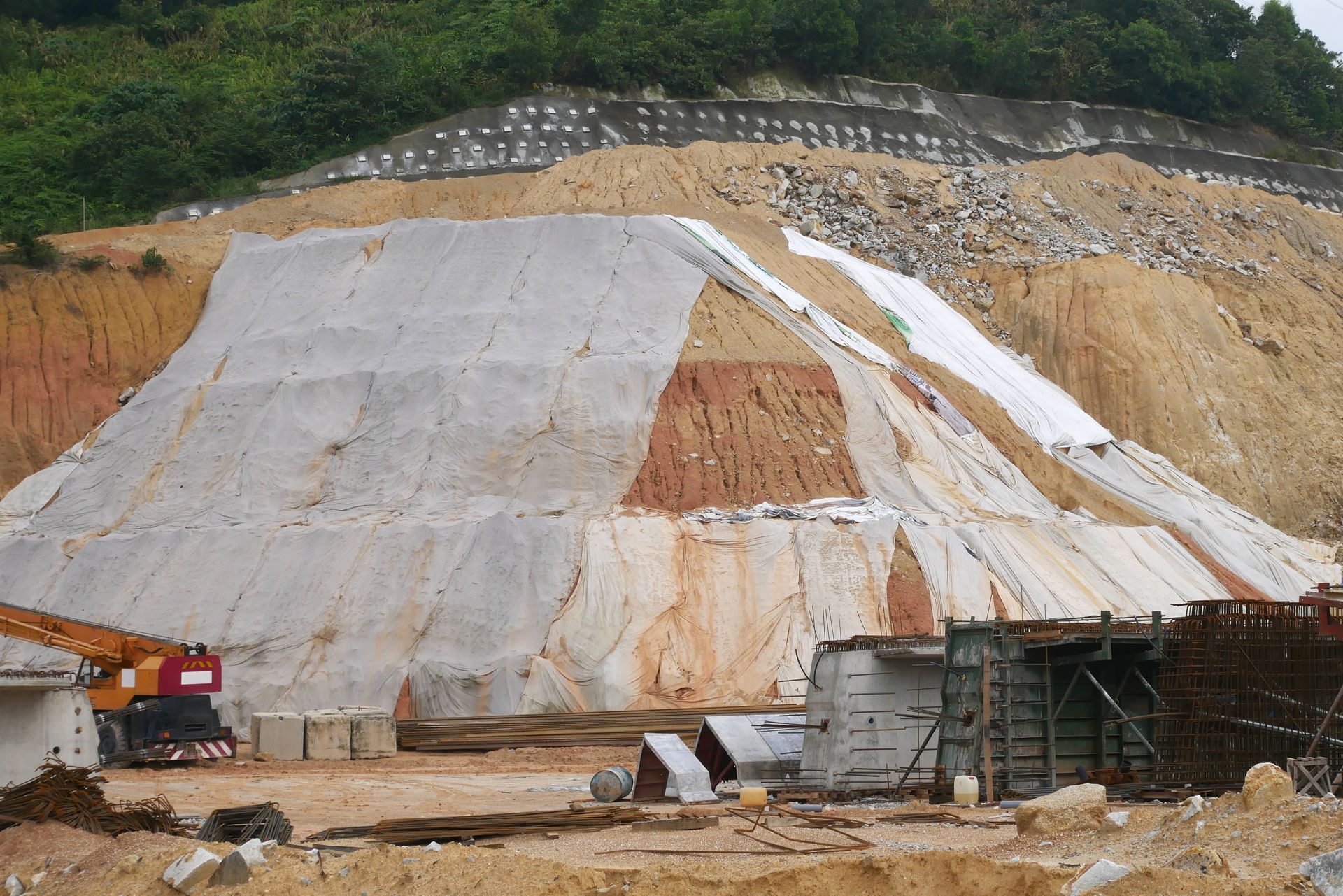
Awar Group Companies, Inc.
319 Main Street, Suite 300
Laurel, MD 20707 USA
800 Village Square Crossings
Palm Beach Gardens, FL 33140
CONTACT INFO
PAYMENT METHODS
We Also Accept ACH
NAVIGATION
HOURS OF OPERATION
Mon - Fri: 8:00AM - 5:00PM
Sat & Sun: By Appointment Only
Copyright. Awar Group Companies, Inc.. All Rights Reserved.
